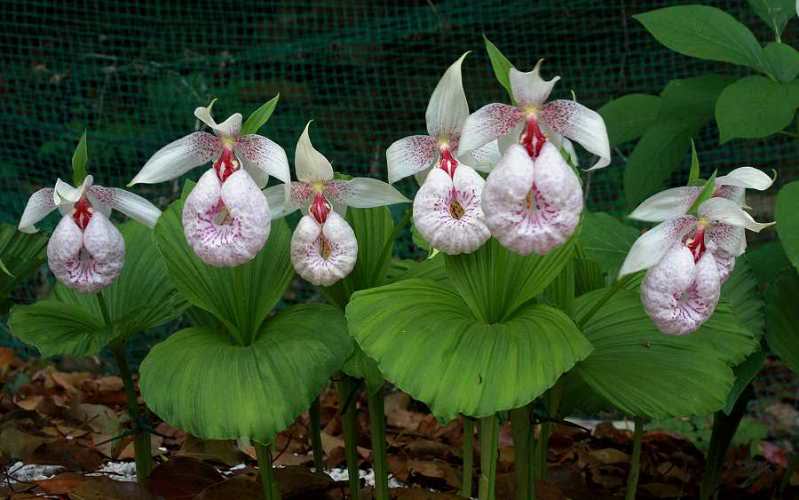Cart 0 Product Products (empty)
No products
Free shipping! Shipping
0,00 € Tax
0,00 € Total
Product successfully added to your shopping cart
Quantity
Total
There are 0 items in your cart. There is 1 item in your cart.
Total products
Total shipping Free shipping!
Tax 0,00 €
Total
-

Garden Orchid Alpha pack - Cypripedium, Bletilla, Calanthe, Epipactis & Spiranthes
This pack contains the 5 following...
87,03 € -10% 96,70 €
Categories
FAQ
Avez vous besoin d'aide ? Consultez notre page dédiée aux FAQ.
Cypripedium formosanum: the most precocious garden orchid…
Published : 02/13/2017 13:31:52
Categories : Lady's Slipper , Novelties


